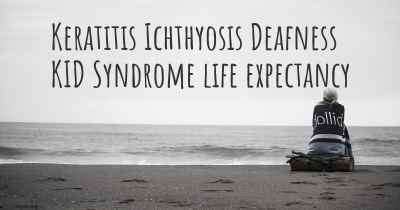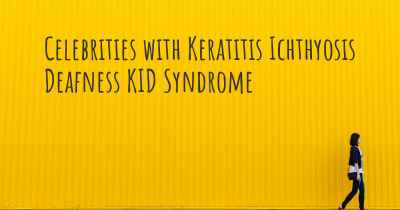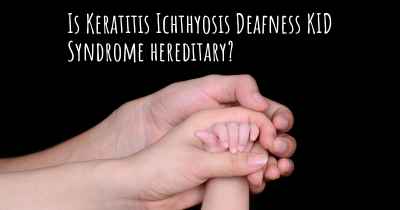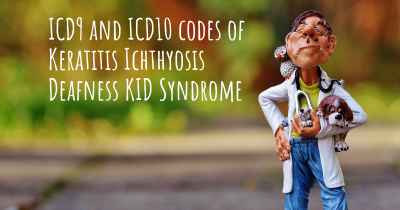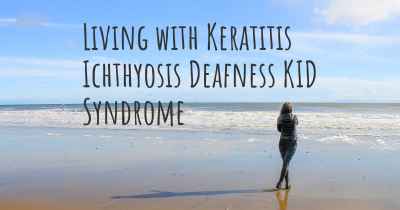What is the history of Keratitis Ichthyosis Deafness KID Syndrome?
When was Keratitis Ichthyosis Deafness KID Syndrome discovered? What is the story of this discovery? Was it coincidence or not?
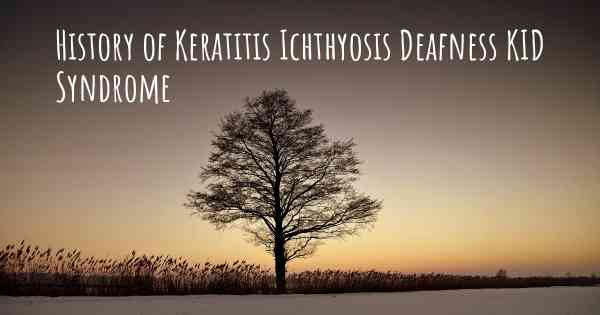
Keratitis Ichthyosis Deafness (KID) Syndrome is a rare genetic disorder that affects the skin, eyes, and ears. It was first described in medical literature in the early 20th century, but it wasn't until the late 1990s that the underlying genetic cause was identified.
The history of KID Syndrome begins with the recognition of its characteristic symptoms. The term "Keratitis-Ichthyosis-Deafness" was coined to describe the triad of symptoms observed in affected individuals. Keratitis refers to inflammation of the cornea, ichthyosis is a skin disorder characterized by dry, scaly skin, and deafness refers to hearing loss.
Early reports of KID Syndrome date back to the 1910s and 1920s. However, it wasn't until the 1950s that the first comprehensive case series was published, detailing the clinical features of the syndrome. These reports highlighted the unique combination of symptoms and the challenges faced by individuals with KID Syndrome.
In the late 1990s, significant progress was made in understanding the genetic basis of KID Syndrome. Researchers discovered that mutations in a specific gene called GJB2 were responsible for the syndrome. The GJB2 gene provides instructions for producing a protein called connexin 26, which plays a crucial role in the functioning of the skin, eyes, and ears.
Further studies revealed that KID Syndrome is inherited in an autosomal dominant manner. This means that a person only needs to inherit one copy of the mutated gene from either parent to develop the syndrome. However, in some cases, KID Syndrome can also occur sporadically, without a family history of the disorder.
Since the identification of the genetic cause, research has focused on understanding the mechanisms underlying the symptoms of KID Syndrome. It has been found that the connexin 26 protein is essential for the normal functioning of cells in the skin, eyes, and ears. Mutations in the GJB2 gene disrupt the formation of gap junctions, which are channels that allow cells to communicate and exchange molecules.
The disruption of gap junctions leads to the characteristic symptoms of KID Syndrome. In the skin, it results in the development of ichthyosis, causing dry and scaly skin. In the eyes, it leads to corneal inflammation (keratitis), which can cause vision problems. In the ears, it causes sensorineural hearing loss, often leading to profound deafness.
Management of KID Syndrome focuses on addressing the individual symptoms and providing supportive care. Treatment may involve the use of moisturizers and emollients to manage the skin symptoms, regular eye examinations to monitor and treat corneal inflammation, and hearing aids or cochlear implants to assist with hearing loss.
In recent years, advancements in genetic testing have improved the diagnosis and understanding of KID Syndrome. Genetic testing can now identify specific mutations in the GJB2 gene, aiding in accurate diagnosis and genetic counseling for affected individuals and their families.
While there is currently no cure for KID Syndrome, ongoing research aims to develop targeted therapies to address the underlying genetic abnormalities. These advancements hold promise for improving the quality of life for individuals with KID Syndrome in the future.
